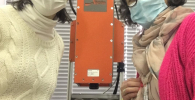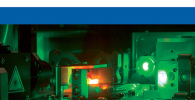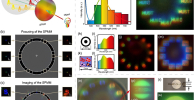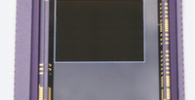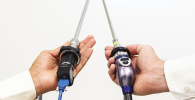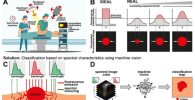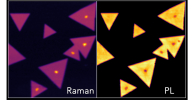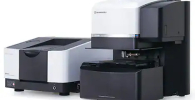7 March 2022 to 8 March 2022
United States
[email protected]This online course will run from 9.00 am until 5.00 pm each day (Eastern time US), with a 10 min break every hour and an hour break at lunchtime.
Course Description
- AES is used to determine the atoms present at a surface, their concentrations, and their lateral and depth distributions. Nano AES involves its application to the analysis of very small regions of a surface, including nano-size particles. Sputter depth profiles of thin films will also be included.
- Introduction – terminology, surfaces, types of surfaces.
- The principles of AES – production of Auger electrons, peak labelling, ionization cross-sections, handbooks, books, surface sensitivity, inelastic mean free path and databases, information depth, sample handling.
- Qualitative analysis – direct and derivative spectra, identification of elements including examples using software, energy resolution, peak widths, chemical effects on kinetic energy and lineshapes, plasmons, cross transitions, ion-excited Auger transitions.
- Quantitative analysis – Auger intensities, sensitivity factors, detection limit, corrections for lineshape changes, analyzer transmission, electron multiplier effects, matrix factors, average matrix sensitivity factors, backscattering, effects of angle of incidence and emission on quantitative analysis, standard spectra, diffraction effects.
- Artefacts – ionization loss peaks, electron beam damage.
- Instrumentation – field emission electron source, spatial resolution (beam), signal-to-noise, beam damage, cylindrical mirror analyzer (CMA), hemispherical type analyzer (HSA), modes of operation, electron detection, pulse counting, other electron sources, other types of analyzers, scattering in analyzers, energy scale calibration vacuum system, samples.
- Imaging and spatial resolution – scanning electron microscopy, acceptance area of analyzers, locating regions of interest, corrections for topography and backscattering, beam energy, spatial resolution (analysis), comparison of analyzers, electron energy loss (EELS) imaging, ratioed scatter diagrams, line scans, image registration.
- Data acquisition, processing and depth profiling – spectrum subtraction, sputtering, crater edge profiling, angle-resolved AES, factor analysis, linear least-squares fitting, sample rotation, mechanical methods. Examples of data processing methods to remove peak overlap problems, separate different chemical states, and improve signal-to-noise in sputter depth profiles will be demonstrated.
- Insulating samples – charge control methods, effects on images and spectra, use of low energy ion beam.
- Applications – nano analysis of spheres, particles, via holes, insulators, sputter depth profiles of nanolayers.
- Instrument selection and summary – factors to consider, general summary.

